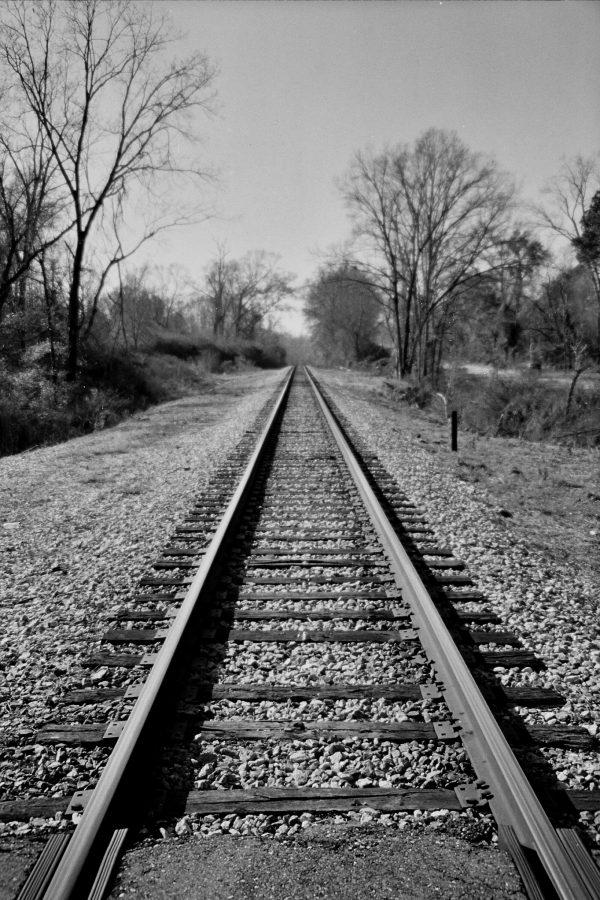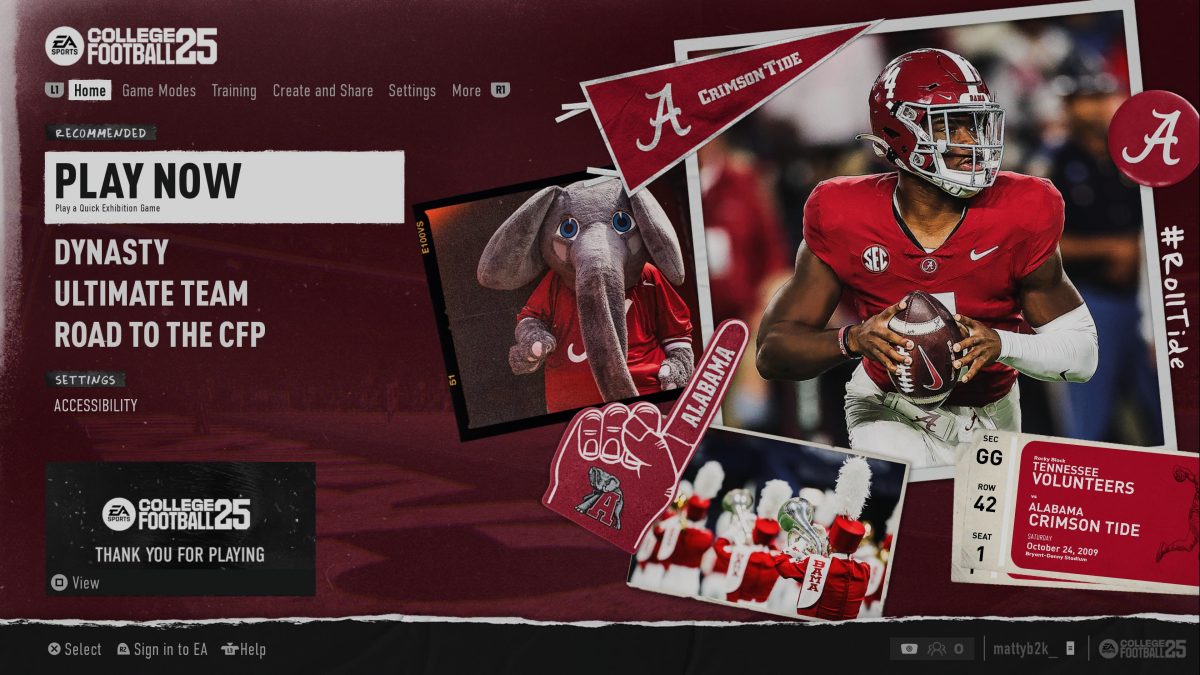Perspective is said to have the ability to change one’s outlook, and a new digital display featuring the Black Belt will feature the perspective of high school students in the region. Black Belt 100 Lenses, launched last week, displays over 4,000 photographs.
“Originally, the project on which the archive is based was developed on the University of Alabama campus by Dr. Elliot Knight, who was then an undergraduate student,” Heather Pleasants, director of community education at the Center for Community-Based Partnerships, said.
From 2007 to 2012, the Black Belt 100 Lenses project selected students from the 12 counties that make up the Black Belt. The students then created photographs representing the cultural livelihood of their communities and which were later shown in exhibitions. Now, the thousands of photographs that were collected during this five-year period are available for the world to see online.
“I think what the archive shows is that, even with just a little bit of training and education, the students really have the power to create amazing images that have a life beyond the exhibitions that took place during the project,” Pleasants said. “When we involve youth in representing where they’re form, what can that look like?”
The University of Alabama’s Division of Community Affairs, the Alabama Digital Humanities Center and the Black Belt Community Foundation worked in collaboration to publish the archive. A common goal among the organizations is a willingness to reach out across communities in an effort to support students and education.
“If somebody has an interest in Alabama architecture, then they could look and see all of the ways in which the students over a period of five years captured images of buildings – or whatever their focus might be over that time period – and get a kind of firsthand perspective,” Emma Wilson, postdoctoral fellow at the ADHC, said. “It’s very much a way of representing the Black Belt region of Alabama through the eyes of its youth.”
Wilson worked in conjunction with Muzel Chen, IT specialist at the ADHC, and a metadata team to make the archive searchable in many different ways to increase both efficiency and accessibility for users. Other archive leaders that made the collaboration effort possible include Mary Alexander, metadata librarian, and Franky Abbott, postdoctoral fellow in History and Digital Humanities.
“It gives a much more intimate connection to the region I think than, say, a satellite image. If you were doing a research project, the two in conjunction with each other could be really illuminating,” Wilson said.
Wilson and Pleasants said the archive not only serves as a resource for students, but also as a model for future endeavors by other universities, states or even countries.
Troy University sophomore Jonathon Jenkins, a two-time participant of the Black Belt 100 Lenses project who now serves on the BBCF board, said he is passionate about the type of community involvement that the project aims to teach.
“[The archive] offers a new way to look at things, because you’re looking at it from the inside out – how students see it and how young people view their communities,” Jenkins said.
^^
VISUALS:
Can we put the information below in a box?
The Black Belt 100 Lenses Archive is available online at apps.lib.ua.edu/omeka.







